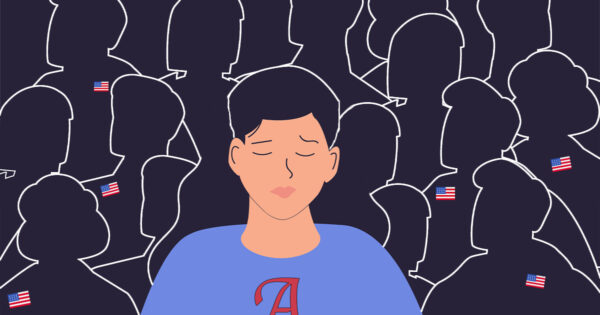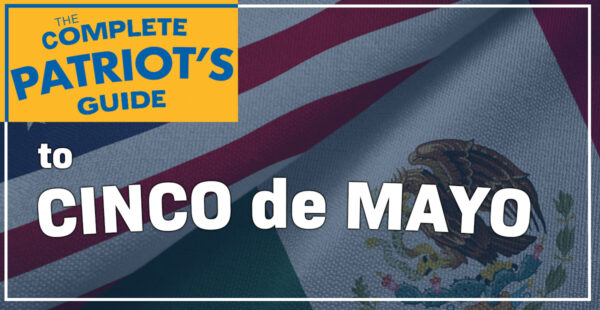Benevolent despotism. These days, when the U.S. Congress is firmly divided by ideology and even our beloved nonpartisan Unicameral has some trouble getting its chores taken care of, one can understand the appeal of a benevolent despot.
I mean, leaving decisions up to one person is so much more efficient. “I speak, and it is done.” How appealing, especially compared to the near gridlock of our democratic system and its vaunted checks and balances!

You know: three branches of government, each of which is designed to limit the power of the other two. Despite the hot summer during which they hashed out this system, the result must have seemed really cool to the gentlemen at the Constitutional Convention in 1787.
What inspired them? Well, they were Englishmen, after all, and they knew their history and experience. Many of them were informal scholars, and they knew their philosophers, ancient and contemporary. And what they concluded was that, in general, no one person – and even no one group of persons – should be allowed to have an over-balance of power.
For centuries, well before nation-states were formed and then for many more years after, a monarch of some kind held all the power. “Rule of law” meant “whatever the king wants in this particular case.” It was hard for the average person to keep up. Heck, it was even hard for the king’s advisers and colleagues to keep up.
So the good gentlemen looking to form a nation out of 13 pretty disparate colonies in the late 1780s wanted to avoid that kind of mess. They wanted a rule of law, but what should that look like? Who would make the law? Who would say it was OK? Who would interpret it?
Following the lead of John Locke and other philosophers, the founders settled on a government with three parts. The most important part, they believed, was the legislature because it would directly represent the people. The founders wanted the people to make the laws – via their elected representatives.
But it seemed obvious that, for the sake of at least minimal efficiency, someone would have to administer those laws, and so the convention created the executive. They had in mind an officer who would have limited say in what the law should be and who would focus on making the laws work.
The courts would be the third separate branch so that the people who made and administered the laws would not be the same ones who decided when their pet regulations and policies had been breached (The idea that the courts would measure challenged laws against the Constitution came close to 20 years later).
Sounds good, yes? In general, it has proven its worth for more than two centuries. In general, it is worth preserving.
Of course, it’s often hard to balance the “balances” among the three branches, especially as the pace of events continues to accelerate. It may seem expedient or even essential to move quickly, and the single-person executive is able to do that most easily.
Thus, executive orders. Presidents in recent decades have more and more relied on executive orders to keep things moving, especially when Congress is choking on partisanship. Although those orders are not laws and can be overturned by the next president, they are an efficient way for a president to get his way right now.
And presidents can also influence the courts by virtue of which judges they appoint – not just to Supreme Court vacancies, which don’t happen all that often, but to vacancies on all the federal courts. There are 870 of those, although not all of them are open for appointment at the same time. But, of course, presidents will appoint judges whose ideology reflects their own, and if the judges are qualified at some fundamental level, they are likely to be approved by the Congress – in between choking fits – and go on to make judicial rulings that make the president happy.
So it’s easy for things to get out of whack and become unbalanced. When any of the three branches – and it’s most likely to be the one-person executive – seems poised to subvert the system to become despotic, it behooves us to put up a fuss. The sky may not be falling, but even cracks in the ozone are reason enough to demand a rebalance.
Keep an eye on the sky!
Charlyne Berens is a retired professor and associate dean of Nebraska U.’s College of Journalism and Mass Communications. She spent 14 years as editor and co-publisher of the Seward County Independent, and has published two books about the Nebraska Legislature and a biography of former U.S. Sen. Chuck Hagel (R-Nebraska).
For more Civic Nebraska Writers Group columns, click here.




